- You cannot add "FLASHFORGE ABS Grey Filaments" to the cart because the product is out of stock.
FLAME RETARDENT ABS
Strength/Flexi/Durability- high/medium/high
Ease of use- medium
Print Temp- 220°C-240°C
Print Bed Temp.- 80°C -110°C
Shrinkage Warping- considerable
Diameter- 1.75mm & 2.85mm
Applications- toys,tool handlers, auto & elec enclosu
Other Info- soluble in ehters, ketones & acetone

Description
Fire retardant is a functional material that use for flammable polymers. It could increase the fire resistance of material. It’s mainly used in plastic, rubber and fiber. Especially for plastics, it’s application in transportation, construction, electrical equipment, aviation, space flight, etc. Fire resistance is the main problem for these parts.
As the additive of plastic, flame retardant material meet several conditions. In using of flame retardant, It cannot change the physical properties of material, such as heat resistance, mechanical strength and electrical properties. The decomposition temperature should not be too high, but it can not be decomposed at the processing temperature. It should have good durability and weather resistance. The most important is the material compatibility, they should be uniform distribution in polymer.
There are many types of flame retardants. According to the method of use, it can divide into two type: additive and reactive. Additive flame retardants are added to polymers by mechanical mixing method to make the polymers have flame retardancy. At present, the main additive flame retardants are organic and Inorganic halogenated flame retardants (organic chloride and organic bromide) and non-halogenated flame retardants. Organic type is some flame retardants represented by bromine, phosphorus, nitrogen, red phosphorus and compounds, inorganic type is mainly antimony trioxide, Magnesium hydroxide, Aluminum hydroxide, silicon flame retardant system.
Reactive flame retardants are used as monomers in polymerization, so that the polymers themselves contain flame retardants, which have the advantage of having less impact on the properties of the polymers and lasting flame retardance.
Generally speaking, organic flame retardants have good affinity. In plastics, brominated flame retardants are dominant in organic flame retardants.
The mechanism of action of flame retardants is complex and not very clear. In general, most flame retardants are working together through several mechanisms to achieve flame retardancy.
Such as endothermic effect, covering effect, inhibition of chain reaction, non-combustion gas asphyxiation effect.
1.Heat Absorption Affect
At high temperature, the flame retardant has strong endothermic reaction, which absorbs part of the heat from combustion, lowers the surface temperature of combustible, restrains the formation of combustible gas effectively and prevents the spread of Combustion.
2.Covering Action
When the flame retardant is added into the combustible material, the flame retardant can form a glass-like or stable foam covering layer at high temperature.
3.Inhibitory chain reaction
According to the chain reaction theory of combustion, free radicals are needed to maintain combustion. Flame retardants can act on gas phase combustion zone, capture free radical in combustion reaction and prevent flame from spreading. This can decrease flame density in combustion zone. In the last, the combustion reaction speed will decrease to zero.
4.Non-Flammable asphyxiation affect
When the flame retardant is heated, it decomposes into non-combustible gas, diluting the concentration of the combustible gas to the lower combustion limit. At the same time, it also has the diluting effect on the oxygen concentration in the combustion zone, which prevents the combustion from continuing and achieves the function of flame retarding.
Among the flame retardants, brominated flame retardants are one of the most widely used flame retardants. There’s been a lot of controversy around it. According to Investigations from scientists, it is no irritation to the skin. The acute toxicity is very low. When the original material move into the gastrointestinal tract, it is not basically absorbed, and eventually excreted by the stool. But There’s a lot of chronic toxicity. Such as Developmental Toxicity, interfere with endocrine function, Reproductive toxicity.
Flame retardants are used in transportation, electrical and electronic equipment, furniture and building materials. When used in 3d printing, we can be used to make the case of electronic products, parts used in high-temperature Environment.
Fire retardant ABS
Flame-retardant ABS plastic opaque, generally light yellow (ivory color) , but can be made by coloring any other color with a high degree of gloss products, electroplating level of the surface can be plated, vacuum coating and other decorations. Moreover, flame retardant ABS is high in rigidity and impact strength and has excellent chemical and abrasion resistance. Due to these properties, Fire rated ABS can be used as a base material for making of glare shields and side panel backing for airplanes.
Printing Setting:
Extrude Temperature: 230-250 °C.
Heated bed: 100-120°C.
Build Surface: Blue paint tape, stick glue
Additional information
| Brand | WOL 3D |
|---|---|
| Color | Black |
| Length | 1.75mm |
| Standard Fillament | ABS+ |
| Weight | 850gram |
There are no question found.

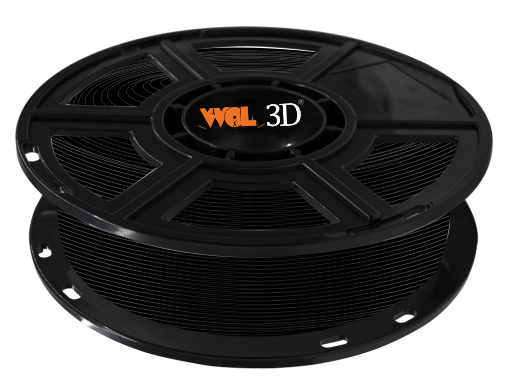
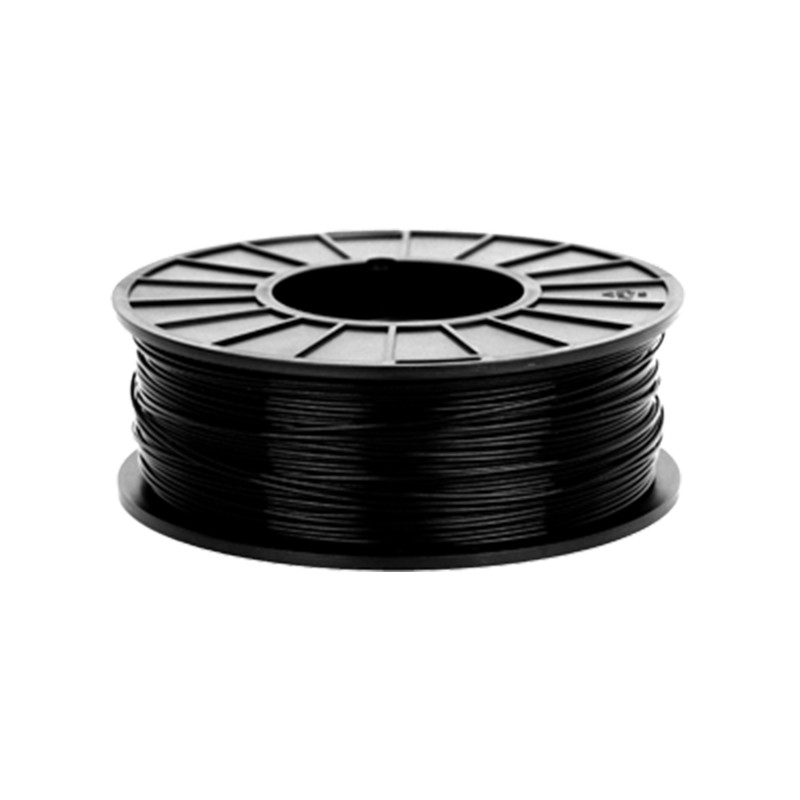

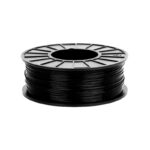

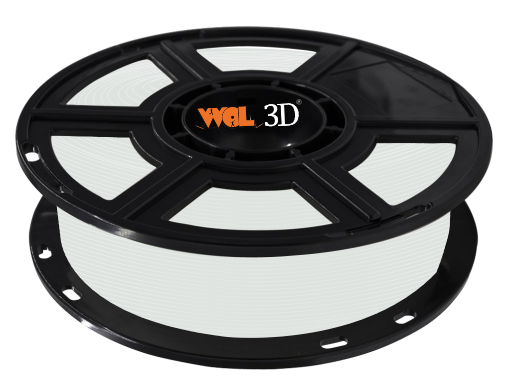
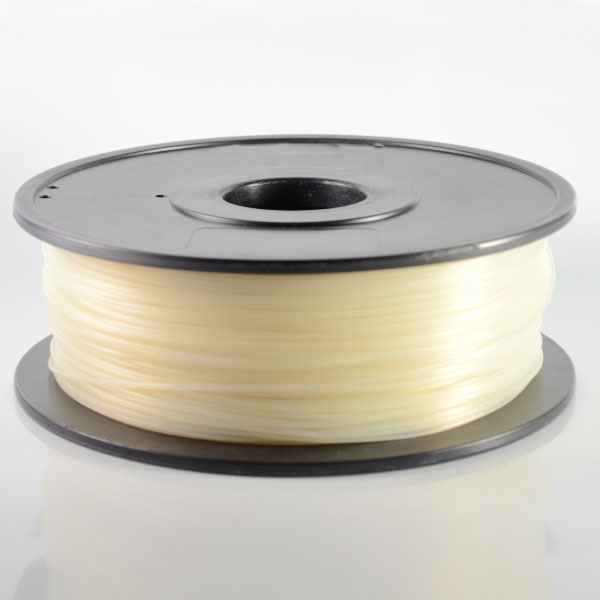
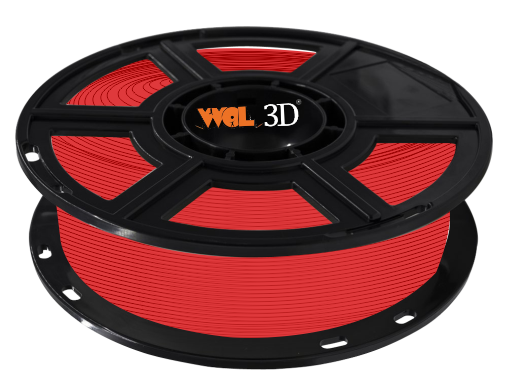
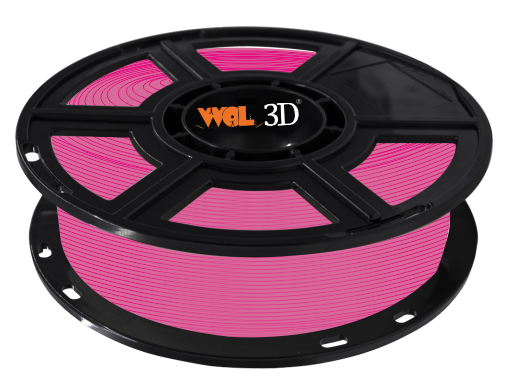
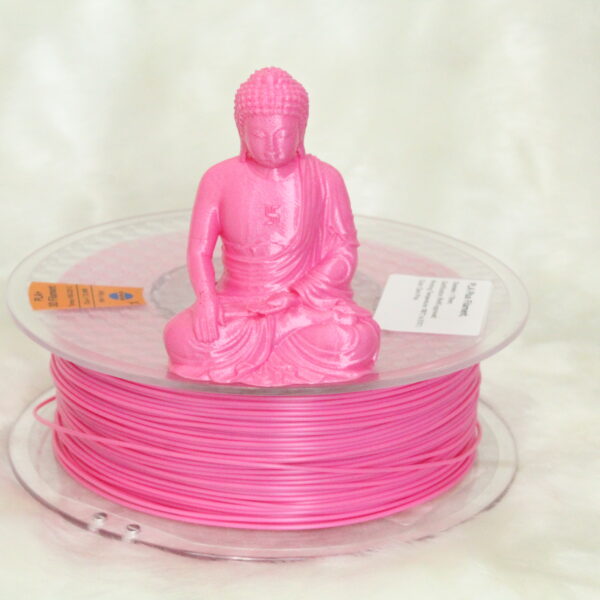
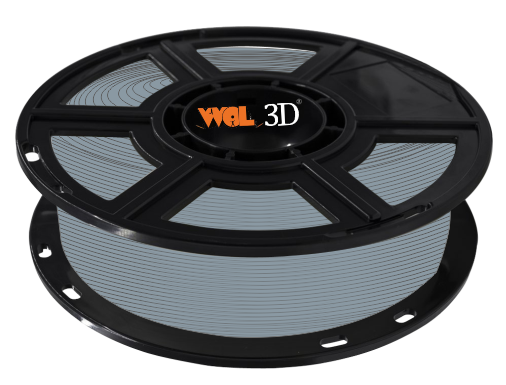

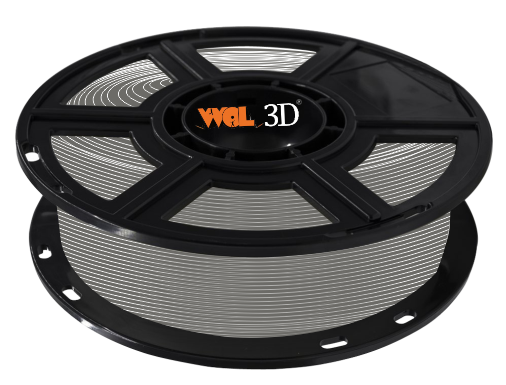

Rating & Review
There are no reviews yet.